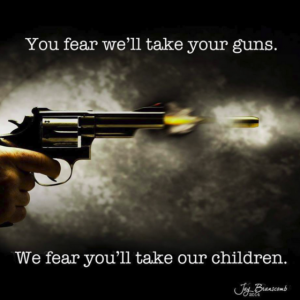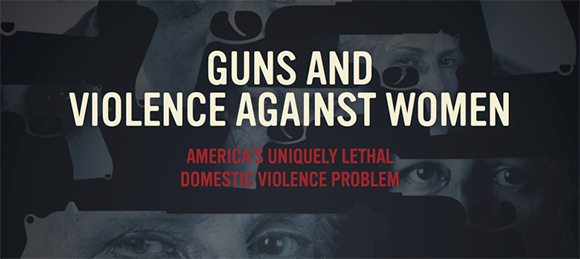The Impact of Social Media on Social Change

I was watching him speak about “New Power” vs. what he calls “Old Power” which he presented publicly at a TED talk in Berlin last month. You can watch the presentation below. The concept of social movements has been studied in depth in a variety of educational departments; history, economics, sociology and others I am sure. Jeremy’s supposition is that there is power in large groups. Using Occupy Wall Street as one example of the power of social media, he makes a bit of a leap in extrapolating awareness to what he calls "New Power", but he readily admits that "New Power" may not be effective.
Awareness is step one
When we look at social change and the impact of successful social movements, women’s suffrage, the civil rights movement, or the Indian independence movement, they share some commonalities. They created awareness, built consensus, established specific, identifiable goals and converted on social popularity to enact governmental change. The Tea Party is a good example of a social movement that is still struggling to identify its unifying and specific objectives. Despite the lack of specific objectives, they have managed to drive some measures of change in the Republican Party.The ability to "touch" a million or a billion people is certainly an interesting proposition. Flash mobs, occupy Wall Street, and Iranian social disturbances provide us some example of the short-term impact that social media can have. The question I was having a hard time rectifying is what did these movements accomplish? If the goal was social awareness, well then social media is clearly a win as it reduces the amount of time it takes to raise awareness. If the goal is social change, then I am having a much harder time finding effective parallels. The supposition that awareness drives change is inaccurate (and not one that he directly makes in his presentation). The real interesting point to me is how and what do we need to do to establish an effective conversion rate that equates to change?
Awareness does not equal change
Change takes work. Existing, entrenched power structures "Old Power" as Mr. Heimans likes to call it, is unlikely to simply turn over the keys to the kingdom because "New Power" yells loudly. There has to be incentive to change, specific objectives or demands, and ultimately it has to be legitimate cause. It’s not enough to be angry, you also have to be unified and specific in your demands, and ultimately right – or the movement falters and dies.
The million-man march was orchestrated by Louis Farrahkan, the African American Leadership Summit, The Nation of Islam and the NAACP. The march was largely orchestrated in response to the Republican 1994 congressional victories, which left the black minority community feeling vulnerable to exploitation. The March took place on October 16, 1995, nearly a year later. Ultimately, it pushed for “opportunity in the black community”, and nearly 20 years later, most will estimate that its loosely defined goals remain largely unattained. The black community certainly suffers a higher proportional share of social ills then other groups in society, but being right was not enough. What did “opportunity” consist of – specifically?
Conversely, the Occupy Wall Street movement resulted in millions of people globally taking part over the course of about 3 months of intense activism. The real spark was the Hacker group Anonymous promoting the cause in New York. The resultant global change was much like the million man march, beyond a short term flash point and media attention, not much… Occupy Wall Streets’ demand; End Consumerism! I suppose it is specific, but it’s simply the wrong goal. Do you really believe people can simply stop purchasing and go back to a barter system, trading in only what we need to survive? What is impressive about Occupy Wall Street was that it was organized in a few short months and sparked global actions. People did more than simply click the like button, they showed up.
Migrating Awareness to Commitment
What technology and social media enables us to do is tap into a wider range of people. People like to be angry, and stomp their feet over the social injustice. The problem, is in the past it was social injustice of the century or the decade and the time and effort to organize forced organizers to distill the ideas to a simple understandable goals that busy people could commit to. Now it’s more like the social injustice of the week, and next week, most of the crowd will have moved on. Awareness is no longer the issue, its now converting awareness to commitment that becomes the crux.Back to Jeremy’s social campaign to drive Everytown for Gun Safety forward. Largely, like most of Mr. Bloomberg’s anti gun campaigns, this too is failing. It is not failing due to a lack of awareness. It is failing because it is simply a bad idea promoted under demonstrably false pretenses. The question we need to ask is why is society largely unaware of the facts surrounding gun ownership, yet so willing to become aware of the fabrications? The answer is Mr. Heiman’s theory of “New Power”. If the packaging of the message is marginal, you can expect a marginal response – regardless of the quality of the message. If the packaging is done right, people will pay attention to even falsehoods.

While we can complain about the fact that John Lott is largely ignored, but that is largely our fault. The messaging is not reaching the people we need it reach. We have failed to define a socially supportable cause that connects with the masses. I have heard from some of my colleagues state that those people are unreachable, too ignorant to understand, or not worth our time. My response is that attitude is lazy, ineffective and exactly what keeps the perception that gun owners are cave dwellers alive. Touting the Second Amendment is simply not reaching a large enough percentage of the population. We have facts, the law and social welfare on our side. The only thing limiting the Second Amendment movement is the packaging.

The NRA has made leaps and bounds in pushing quality images, content and using social media much more effectively in the past three years but we can still learn a lot from Jeremy Heimans and Purpose. Just imagine what Jeremy could accomplish if he chose to support a legitimate cause… Imagine what we can accomplish if we simply package the truth in a socially popular format!
Stay safe, and stay engaged!
About Author
Patrick Henry - President and Firearm Trainer

First Published at Aegis Academy

No comments:
Post a Comment